Murder of Widow Harriet Novelli
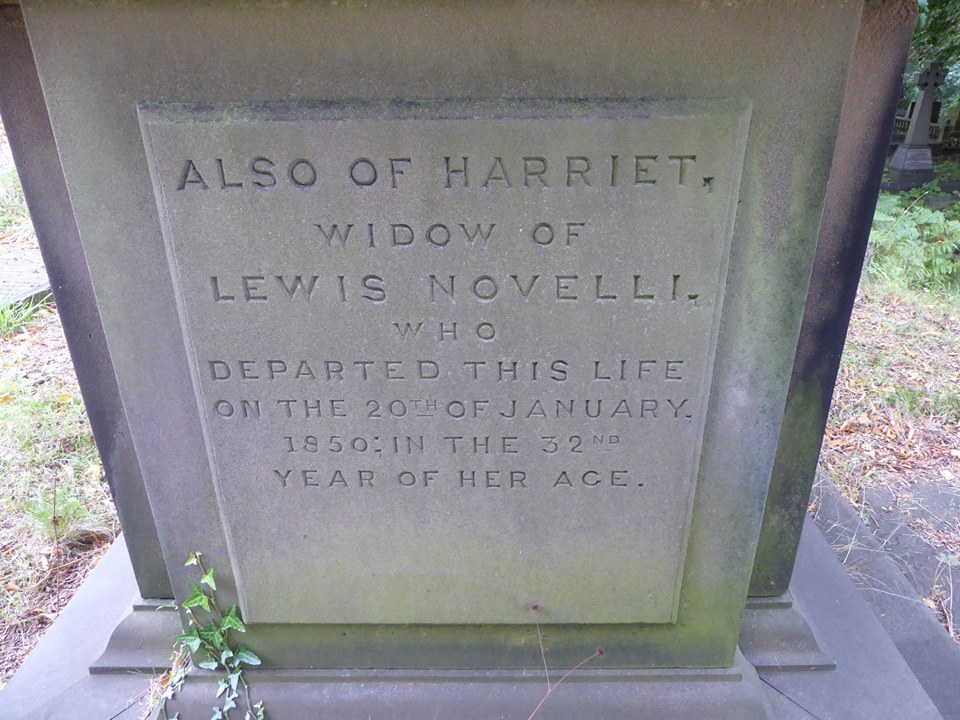
The tombstone of the widow of Lewis Novelli
Article based upon a post by Alan Jennings Facebook )
|
Lewis Novelli was the son of Philip Novelli(1781-1853) who was a naturalised Italian born in Turin. Philip first appears in Manchester around 1820 living on Cooper Street and trading as a merchant from Bond Street. In 1824 he was one of the founding members of the Manchester Mechanics Institution, and also was a significant anti corn law campaigner. He gained naturalisation as a British citizen in 1824 and in the early 1820s he met George Bodmer (1786-1864) a Zurich born engineer. They partnered with Novelli to build a mill at Egerton near Bolton. Novelli also had Egerton Hall built for his family home.
Rothwell, Hick and Rothwell of Bolton were employed to build a waterwheel 60 feet in diameter, capable of supplying 120 HP and causing the spindles in the mill to turn at 6,000 rpm. The wheel required an estimated 4,320,000 gallons of water a day to power it.
The partnership was disolved in 1827, and the mill and hosue sold off with Philip moving to Clarendon House in Cheetham Hill. He served as a director of the Manchester Chamber of Commerce between 1839 and 1844, as well as Vice President of the Lock Hospital on Lloyd Street. In 1843 he sold Clarendon House, and moved to London.
Clarendon House
[Ref https://100hallsaroundmanchester.wordpress.com/2021/11/13/100-halls-around-manchester-part-72-egerton-hall-bolton/]
Lewis looked after his father's business interests in Manchester, and lived with his wife Harriet (nee Hall, of Tottington), and two children Louisa (born 1846) and Lewis William (born 1847) at Deyne Brook, Prestwich. Deyne Brook (now the site of Mountfield/Crescent/Brookfield) overlooked the recently built Victorian Rectory . His brother Augustus Henry Novelli (1820-1887) studied medicine at Cambridge and became a consulting Physician. HI second brother Alexander Philip Novelli (1822-1850) we will learn of below...
|
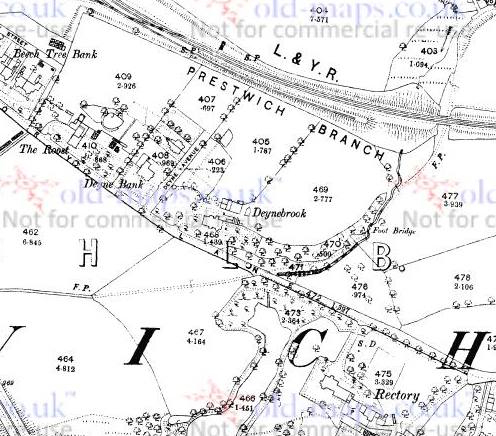
Deyne Brook
|
|

Madonna della Sediola
|
Lewis had also been in his own partnerships, first with Anthony Casacuberta and Novelli, Casacuberta & Co., dissolved 1838, then later with Edward Huth as Novelli & Huth Commisioning Merchants, but this businsess was dissolved in 1845. As well as attending St Mary's Church in Prestwich, Lewis was also a benefactor, as noted on a board in the Northwest corner of the church, which records that he donated £1000 as part of his will. He was just 35 when he died at Scarborough in 1848 on his way home from Doncaster Races. His body lies in the impressive tomb in St Mary's Churchyard. He left an old master painting to the National Gallery( " The Woman Taken in Adultery" by Guercino - now in Dulwich), Manchester Art Gallery wasn't opened until 1881 (see Sir William Fairbairn). He also left a copy of Raphael's " Madonna della Sediola" in perpetuity to the Rector of Prestwich "to have the use and enjoyment thereof in his Rectory House". It was last seen on the wall inside the Lever Chapel of St Mary's church in 1950. Rev. Rushton , rector, received a letter from his brother Alex Novelli, 1th May 1849, but confirmed back to Alex that he was obliged to accept the bequest.
|

The Woman Taken in Adultery
|
|
After Lewis's death, his father Phillip, also an affluent cotton merchant and participant in the Anti Corn Law League, purchased a property for Harriet and the children to live in, at Mount House, Bury New Road, in Higher Broughton (beside the Greek Orthodox Church). Just before Christmas in 1849, Lewis's widow and her two children moved into their new home.
|
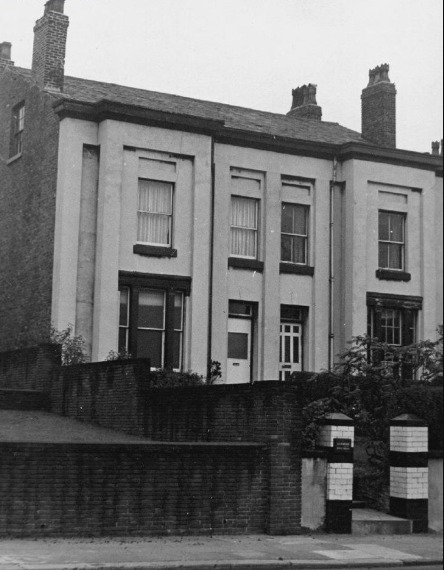
Mount House (semi detatched), Bury New Road (1845) [thanks to Gary Williams]
|
Lewis's brother, Alexander, who had no involvement with the family business of Novelli & Co., had moved in with Harriet while he fulfilled his role as co-executor of the will and was to remove to London as soon as Harriet had moved into the house. Alex delayed his travel to London and Harriet had already refused his offer of marriage, despite visiting a phrenologist who confirmed that Harriet would make a good wife (based on the features of her skull).
|
|
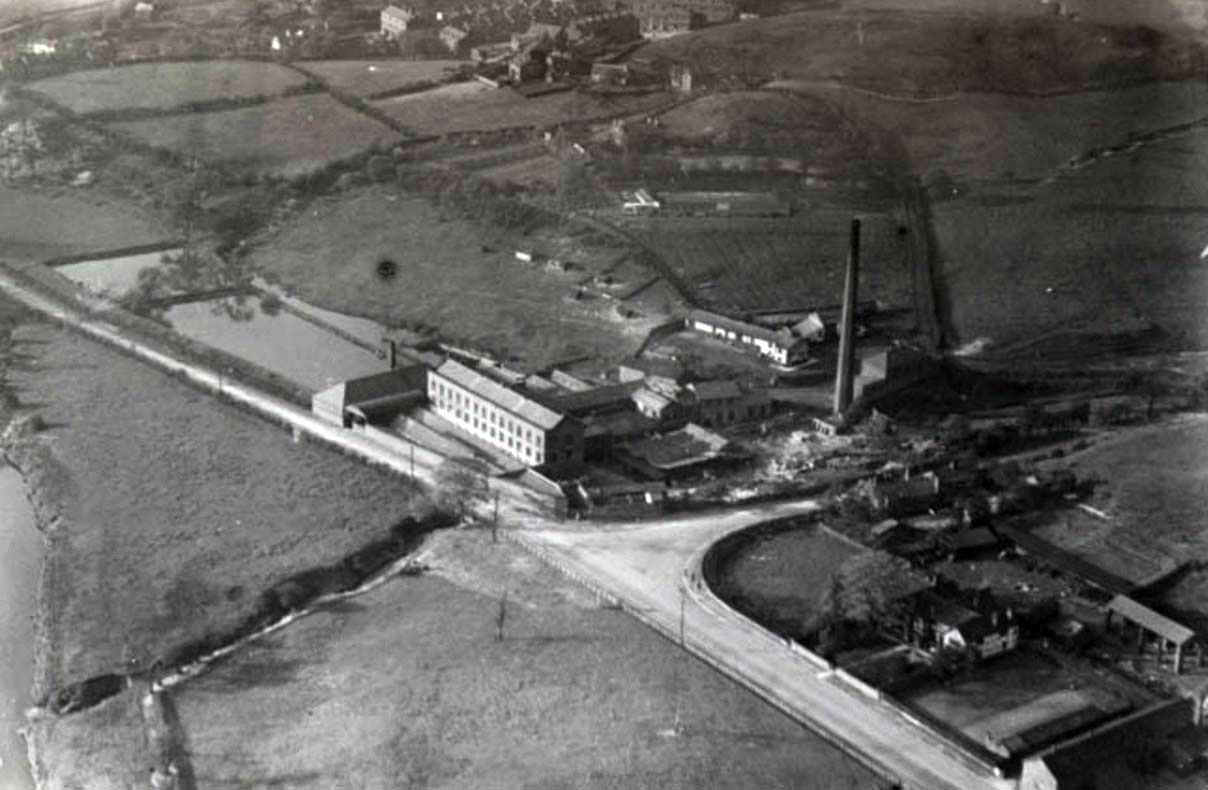
London Vale
|
The other co-executor was Mr Edmund Coston, who lived at Ivy Cottage, further along Bury New Road. He was the elder brother of Thomas Coston of London Vale Print Works at Rainsough, which later became the site of Cussons Soap Works.
|
On the day of her death, 20th January 1850, Harriet had attended church services at both St Mary's in Prestwich and at St John's Higher Broughton, and took tea along with Alexander Novelli at the house of Edmund and Julia Coston. Mr Coston later commented that "nothing excited his attention" about either of his visitors.
Harriet and Alexander left the Coston's house about 9:30 pm, their servants had prepared some oatmeal porridge with milk and treacle for supper, along with a glass of brandy. Once the servants retired, two females and a 17 year old boy, the couple were not seen alive again.
Harriet's body was found at 8am by the servant boy when he went in the sitting room to open the curtains. Harriet lay on the floor of the sitting room with one arm out stretched as if she had fallen from her chair. She was also described as partially undressed .
|
Upon attending Alexander's room, the servant found the second body, hung from the curtain rod of a four poster bed. The servants then called for the man servant of Mr John Clowes Grundy, a print seller, publisher and gilder "to the Queen", who lived at Cliff House, a large property on Lower Broughton Road, overlooking the Irwell (later it became Cliffe Grange School). Mr Coston attended along with a surgeon who concluded from examination of Harriet's cold body that she had been strangled to death several hours previously. The table cloth and cushions in the sitting room were disturbed, and a bent broach was found.
|

Cliff House, from Lower Broughton Road
|
|
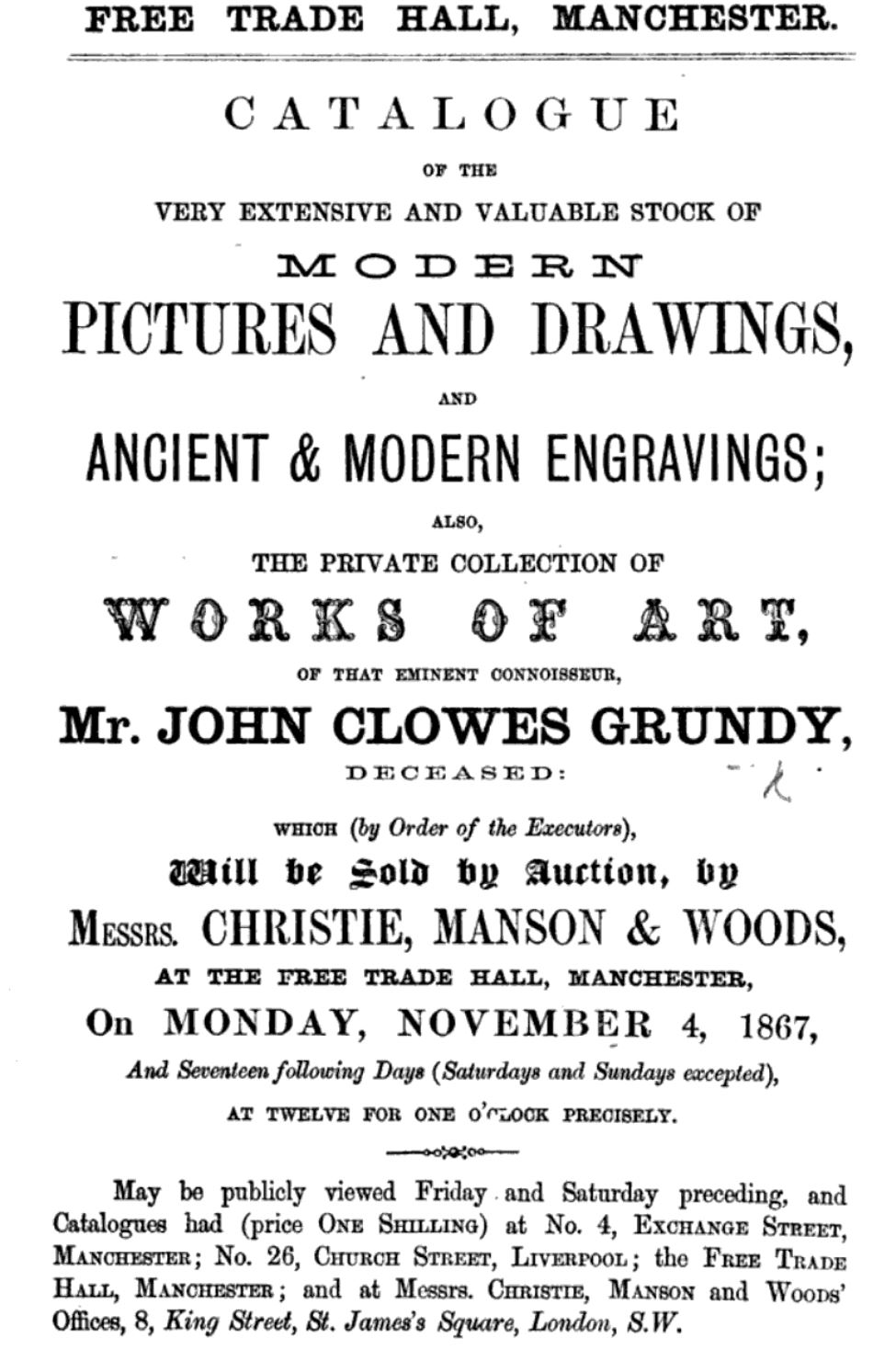
JC Grundy's auction
|
At a slight tangent...upon the death of JC Grundy, his private collection of furniture, pictures, pottery, carvings and other artworks, were exhibited for auction at the Free Trade Hall. He partnered with several people over the decades, and his business label is present on several framed artworks, such as Andrew MacCallum’s The River of Life, 1850 (Manchester Art Gallery). In 1838 a Grand Menagerie and
Zoological Gardens opened in Broughton. It had a very short life as the animals and other properties connected with the gardens were sold
at auction in 1842. Some of the livestock went to Belle Vue. But let's not get distracted...
|

Cliff House & Mount House
|
Back at Mount House....Alexander, whose body and bed were both still warm, was cut down by Mr Coston, and confirmed to be dead, he had a scratched nose and vomit on and around his person. The conclusion being that there had been struggle, he had taken to bed and upon the sounds of the children and servants rising, then ended his own life. It was speculated that if the servants had cut Mr Novelli down rather than waiting for Mr Coston and the surgeon to arrive that he may have been revived.
|

Griffin Pub - Salford Pubs - Part Two - Neil Richardson (2003).
|
The inquest, held at the Griffin Inn, lower Broughton, heard the family solicitor tell of how Alexander had been stressed by recent business, and was seen as a weak soft-headed child at school, who acted in passion and on impulse. His mother was insane and had been confined, and two of his brothers had taken their own lives, and his sister was also unsound.
|
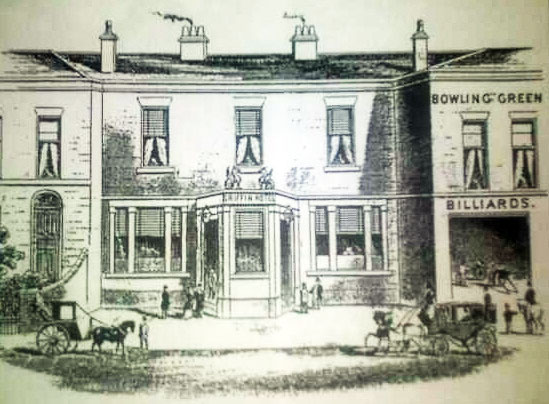
Griffin Pub
|
The jury returned its verdict.
"That Mr Novelli had destroyed the lives , first of Mrs. Novelli, and afterwards of himself, being at the time of unsound mind."
On the 26th Jan 1850, Harriet(32) was placed in the family vault at St Mary's beside her late husband, just 15 months after his passing.
Alexander (28) was buried the following day at All Saints, Stand.
By the 1861 census, the co-executor of Lewis's will, Edmund Coston, had been made ward of Lewis and Harriet's daughter, Louisa and were still living at Ivy Cottage, on the Manchester/Salford border on Bury New Road. Louisa was living with the family friends, who had taken tea with her mother on that fateful day, just yards from the site of her mother's murder.

Mount House and Ivy Cottage, Bury New Road (1845)
In 1869 Louisa married Crawford Grove Esq. son of Mr Grove Q.C. in London.
Lewis and Harriet's son, Lewis William moved to Hyde Park Square, London, marrying Mary Burton (of Prestwich) in Birkdale, Lancashire in 1880. They divorced in 1890, due to Lewis not being able to father a child, and Lewis died in Paddington, in 1914.
One final tangent, between Ivy Cottage and Roman Road Terrace stood a notable property, Knoll House...
|
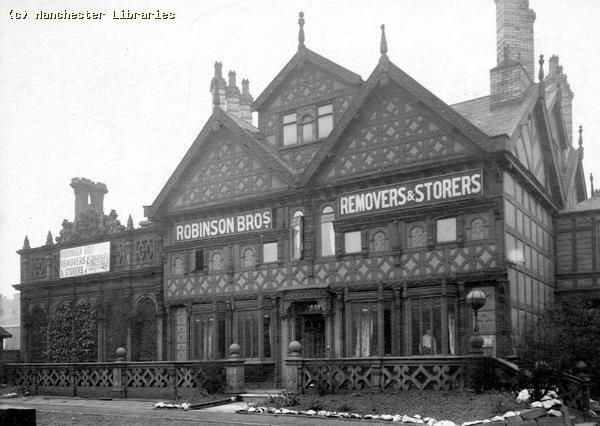
Knoll House
|
Knoll house is understood to have been built about 1822 by James Yates, he re-used the frontage of several wooden framed buildings from Market Street in Manchester, as well as some carved wooden interiors too. One such property recycled was the frontage of Mr Hyde the grocers, a fireplace with the arms of the Stuarts came from the Palace Inn (formerly Mr Dickenson's House - where Bonnie Prince Charlie had spent some nights), and a table was an altar from the de Trafford Chapel of Manchester Cathedral. Along with biblical themed panelling the interior was described as 'quaint and interesting'. By 1841, a Mr Garstang had bought Knoll house and added a picture gallery, in the classic Renaissance style. By 1881 a notable photographer, Augustus F.A. La Fosse had moved in, creating a large well lit studio. William Burnley, Kersal councillor and Alderman then took ownership, and one final claim to fame is that in 1901 Michael Marks, of Marks & Spencer's, moved into Knoll House from his previous property on Cheetham Hill Rd, near their first warehouse on Derby Street Michael died in Knoll house, on New Years Eve, 1907 and was buried in the Old Jewish cemetery (Hebrew Congregation), Crumpsall. (Mr Spencer had died in 1903). In it's latter years Knoll House was used by Robinson Brothers, furniture removals.
See a photo from the La Fosse Studio
|
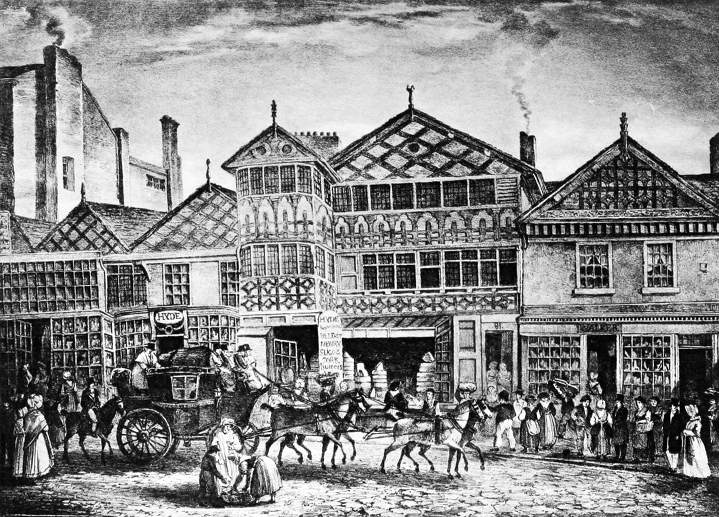
Mr Hydes, Market Street
|
|

Donate to the upkeep of the St Mary's Churchyard
Your kind donation will go towards tools, or employing professional stone masons to reinstate stonework damaged by time, trees, animals or humans.
|

what's that all about? |

Take a tour of St Mary's Graveyard
|
 Lords
Worship
Places
People
Contact
Lords
Worship
Places
People
Contact
